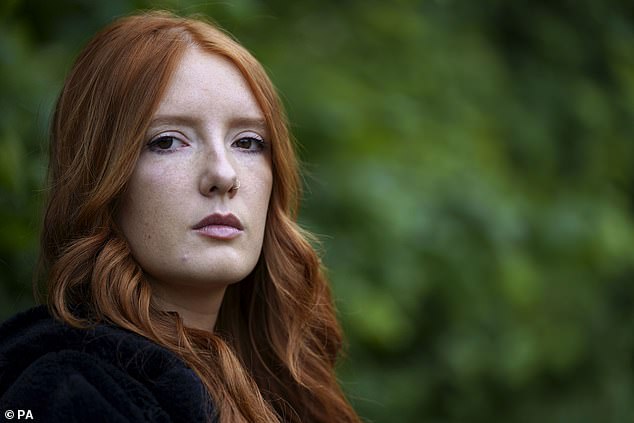The conversation around safety on London’s Tube has taken a provocative turn.
While campaigns for women-only carriages have been circulating for years, one women’s rights activist recently suggested flipping the script entirely.
Patsy Stevenson, who previously gained attention after being arrested during the Sarah Everard vigil, argued that creating male-only carriages might be a more effective solution than limiting carriages to women.
The Case for Male-Only Carriages
Stevenson responded to a campaign led by a UCL student advocating for women-only Tube carriages. Speaking to Sky News, she stated:
“It’s strange that women-only carriages are seen as the solution.
To me, the real issue is men. Perhaps we need a carriage for men, where they can just stay in the back of the train and harass each other.”
When confronted by presenter Wilfred Frost about whether it was fair to suggest the problem could be “the majority of men,” Stevenson doubled down, noting that defensive reactions from men often stall progress in women’s rights:
“That defensiveness you’re showing—’it’s not all of us, I’m a good guy’—actually highlights the problem. It sometimes hinders change for women.”
She also referenced alarming statistics, claiming that nearly all women experience harassment or assault, though she did not cite a specific source:
“It’s not random men, it’s men every time.”
A Student-Led Campaign for Women-Only Spaces
Stevenson’s comments come shortly after 21-year-old UCL student Camille launched a petition on Change.org calling for at least one women-only carriage per Tube line.
The petition, now backed by over 13,000 signatures, urges London Mayor Sadiq Khan and Transport for London (TfL) to take stronger action to protect women from harassment on the network.
Public Reaction Divided
The idea of male-only carriages has sparked a mixed response online.
Some argued that Stevenson’s statements generalizing men verge on extreme:
“Claiming almost all men are misogynists isn’t helping the cause—it’s close to hate speech,” one user wrote.
Others pointed out the unfairness of assigning blame to the majority:
“Wow. Saying basically all men are responsible for women’s safety on the Tube, not just a small minority, is a bit much.”
The Reality of Public Transport Safety
Data suggests the safety concerns are real.
A recent Girlguiding survey found that over half of girls and young women aged 11 to 21 feel unsafe traveling alone on public transport.
TfL recorded 2,671 sexual offenses across its services between 2023 and 2024—a 10.5% increase from the previous year.
These figures exclude unreported cases, highlighting the broader issue.
Learning from International Examples
Women-only train carriages are already used in other countries.
Japan introduced them in the early 2000s to combat sexual harassment, with specially marked cars in cities like Tokyo and Osaka.
These carriages are clearly identified with pink or purple signage and floor markings to ensure visibility and compliance.
Efforts to Improve Safety in London
While the UK has not implemented women-only carriages, authorities have made other safety improvements.
In November 2024, the Met Police installed CCTV at 15 additional bus shelters in high-footfall areas with previous crime reports.
Despite the student petition, TfL has publicly stated that it does not support women-only train carriages.
Siwan Hayward, TfL’s director of security, policing, and enforcement, emphasized an intelligence-led approach:
“We are focusing on working closely with police, using intelligence to identify hotspots and target repeat offenders.
Our goal is to make the transport network a hostile place for offenders, rather than segregating passengers by gender.”
What Lies Ahead
The debate over how best to make London’s public transport safe for women is far from over.
With campaigns gaining traction, public opinions divided, and authorities emphasizing targeted policing, the conversation is evolving—and the next steps could reshape the way Londoners navigate the Tube.
Share on Facebook «||» Share on Twitter «||» Share on Reddit «||» Share on LinkedIn